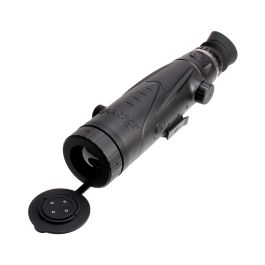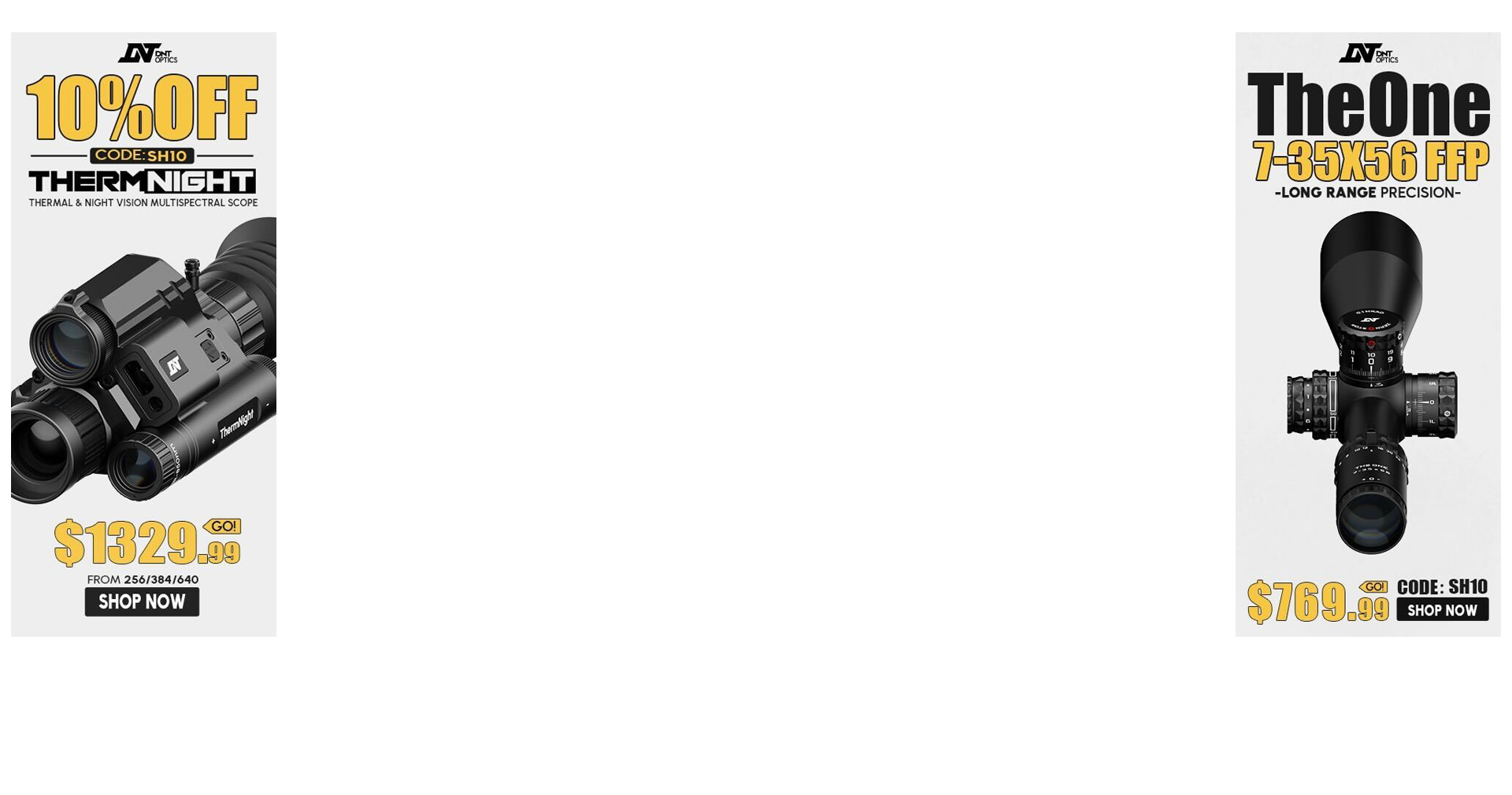Yes. I use my thermals at night but have used the Burris monocular for scanning during the day and it makes the animals pop out at you!
Once you locate the animal on thermal then use the rifle with a daylight optic to shoot them.
I was at my local range one day and saw a red glow from the thermal at the top of a tree. Looking at it with the naked eye, I could see it was obviously a squirrel nest. The animal's body heat was transferred through the nest.
Anyway, I continued to scan with the monocular and noticed another squirrel at the base of the aforementioned tree. We can't hunt at my club so I was content to watch.
Anyway, I could not pick out the squirrel with the naked eye because it blended in so well with the surrounding terrain. It was about 75 yards away but the thermal picked it up.
After a few moments the squirrel on the ground scampered up the tree and jumped in the nest to aggravate the other squirrel.
Hunting with a thermal in day time is almost like cheating. Warning, do not point your thermal to the sun as it will damage it. That warning is usually with the thermal when you purchase it.
This is doubly important if you are hunting around sunrise or sunset and your target is aligned with the rising or setting sun. In that case, I would rather pass up a shot than to risk damaging an expensive optic.

 www.sportoptics.com
www.sportoptics.com


